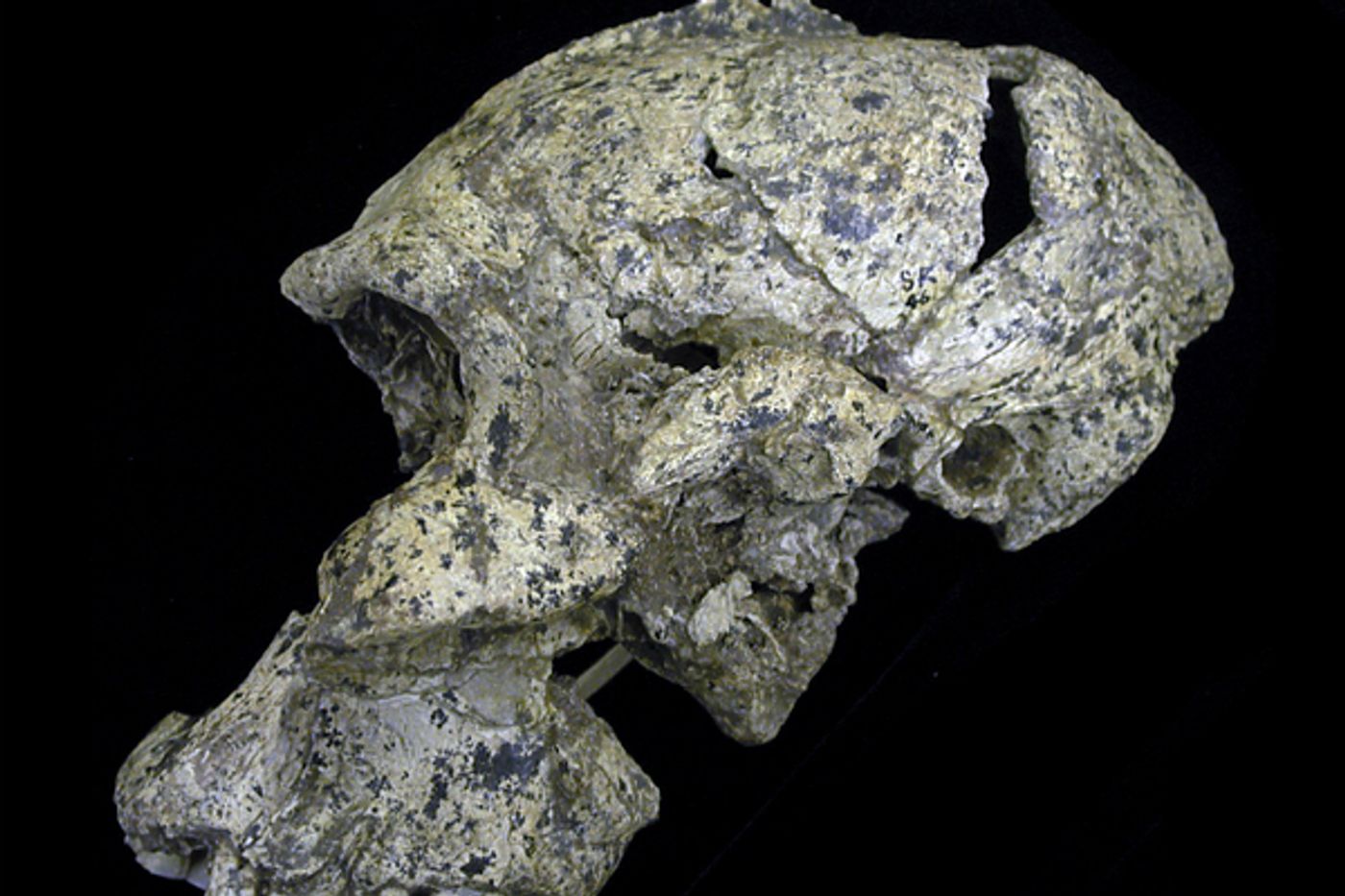When the subject of early human species comes up, the focus tends to be on bones. Researchers want to know how big they were, how they looked. Other research focuses on what they could make or do. Did they have tools, or weapons? Could they hunt, did they roam or were they settled in one area?
There’s some new research though that looks at the hearing ability of two early hominin species
Australopithecus africanus and
Paranthropus robustus. These two species walked the earth around 2 million years ago. Rolf Quam, an assistant professor of anthropology at Binghamton University along with colleagues from around the globe, were able to reconstruct fossilized remains to determine the level of sensory perception these early species may have had.
The remains came from the two sites in South Africa and the team took a high tech approach. Using CT scans of the internal ear structures, the team created virtual computer models. Their results point to these hominids having hearing abilities similar to modern chimpanzees, but with some slight differences.
Humans have better hearing than any other primate and the ability we have to process wider frequencies is how humans developed language. That is why chimps, no matter how well trained, will not learn to speak.
"We know that the hearing patterns, or audiograms, in chimpanzees and humans are distinct because their hearing abilities have been measured in the laboratory in living subjects,"
said Quam. "So we were interested in finding out when this human-like hearing pattern first emerged during our evolutionary history."
The research on the hominin species from South Africa, followed previous research that Quam and his team had done on fossils recovered in the site Sima de Los Huesos, or Pit of the Bones in Spain. Those fossils are not as old as the ones in South Africa, but Quam’s research into them found that the Spanish hominins probably had the same hearing ability as living humans today have. Seeing that the older species from South Africa had not yet reached that point was a crucial piece of the evolutionary timeline.
Location mattered as well. Based on the information the team had on their diets and the resources available for food, the South African species likely dwelled on the savanna. Since sound does not travel as far in an open environment such as that, the team believes these primates had short range communication abilities.
Quam was quick to point out
in an interview with Reuters that his research did not find that these early humans had actual language. "I want to be clear that we are not arguing that these early humans had language, which implies a symbolic content," Quam said. "Certainly they could communicate vocally. All primates do. But human language emerged during our evolutionary history at some time after the existence of these early humans."
The team hopes to be able to compare their findings with the newly discovered species
Homo naledi, which was uncovered in another dig site in South Africa
. The study was published on Sept. 25 in the journal
Science Advances. See the video below to learn more:









